The Role of Aye Soup Tureens in Traditional and Modern Esoteric Practices
Aye soup tureens may not be the first tool to come to mind when thinking about esoteric practices, yet they hold a unique place both historically and in contemporary uses. This blog explores the significance and versatility of aye soup tureens, unraveling their fascinating role in spiritual and mystical traditions.
Historical Significance of Aye Soup Tureens
The origins of aye soup tureens are as rich and varied as the traditions that hold them in high regard. These vessels, stepping into the limelight as more than mere kitchenware, have had a longstanding history rooted deeply in ritualistic and spiritual ceremonies. In the 18th and 19th centuries, soup tureens were not just dining staples; they embodied communal and ceremonial significance, much like those used at lavish gatherings where tradition met opulence The Return of the Soup Tureen.
Much of the allure surrounding the aye soup tureen links back to its European counterparts, known for their elegance and multifaceted designs. These tureens not only graced tables but were also revered as artistic centerpieces, often crafted with intricate motifs that resonated with cultural stories and historical narratives. Through its evolution, the aye soup tureen has transcended its culinary roots, finding purpose within various spiritual realms.
Aye soup tureens have connections stretching from their functional beginnings to mystical practices, embodying a synthesis of artistry and sacredness. Their history reveals a narrative where fine porcelain and silver become not only materials of choice but manifestations of sacred artistry that serves dual roles in both domestic life and spiritual symbolism.
Symbolism and Spiritual Meaning
Embodying a rich tapestry of symbolism, aye soup tureens are often associated with the divine. Each tureen is more than just a vessel; it serves as a representation of abundance and spiritual nourishment in many cultures. In Yoruban traditions, such as those focused on Babalú-Ayé, these tureens are viewed as connections to the Orishas, spirit entities that bridge the earthly and the divine.
Symbolically, they are thought to hold spiritual essence during rituals, acting as conduits for blessings and prosperity. The colors and designs of these tureens often invoke specific energies, with each hue symbolizing different aspects of life such as joy, protection, or healing. The sacred nature of aye soup tureens is further amplified by their use in offering rituals, a practice that taps into the spiritual laws governing reciprocity and gratitude.
Aye Soup Tureens in Ancient Rituals
In ancient rituals, aye soup tureens were indispensable tools, revered not only for their functionality but as spiritual instruments. Their use in ceremonies was profound, with each element of the tureen playing a crucial role in the practice. Often, these tureens were used as vessels for offerings to deities, filled with symbolic items to honor divine forces.
These rituals showcased the tureen as a metaphorical heart of the ceremony, symbolically intertwining the mundane and the mystical. In many ancient cultures, food was a common sacrificial element, and soup tureens made it possible to present these offerings in a manner befitting the spiritual significance attached to the act. This practice laid the groundwork for the continued use of these vessels in conveying offerings, thereby maintaining their sacred aspect across generations.
Modern Uses in Esoteric Practices
In contemporary esoteric practices, the use of aye soup tureens is witnessing a resurgence, driven by a blend of tradition and innovation. Practitioners of modern spiritual paths find them valuable for ritualistic engagements such as meditative spaces or ceremonial gatherings, where they serve as central fixtures. This modern resurgence is akin to collectors’ renewed interest in these vessels as decorative and spiritual objects.
Within the realm of esoteric practices, their roles have adapted to meet contemporary spiritual needs. They are often employed as symbolic containers for holistic healing practices, aligning with the desire to marry aesthetic appeal with functionality. These tureens reflect a seamless integration of age-old traditions with contemporary spiritual exploration, offering tangible links to past wisdom while inviting new interpretations alongside.
Incorporating Aye Soup Tureens into Personal Spiritual Practices
For those looking to integrate aye soup tureens into their own spiritual practices, there are simple yet profound ways to do so. Start by choosing a tureen whose symbolism aligns with your spiritual intentions. You can discover beautifully crafted tureens that elegantly honor spiritual traditions, such as the Orisha Soup Tureens designed for Yoruba deities. These derive their elegance and spiritual connection from their intricate craftsmanship.
To enhance personal spiritual journeys, consider using your tureen for reflection, meditation, or as a centerpiece in rituals. Whether it becomes a vessel for sacred herbs or a focal point for ritualistic practices, the tureen’s presence can amplify the energy of your space, inviting the essence of ancient traditions into your modern lifestyle.
Embracing the Mystical Journey of Aye Soup Tureens
Aye soup tureens have journeyed from being simple household items to becoming meaningful symbols in various esoteric practices. Whether used in traditional rituals or modern spiritual gatherings, these tureens continue to offer a tangible connection to the mystical and a unique way to explore deeper spiritual insights.





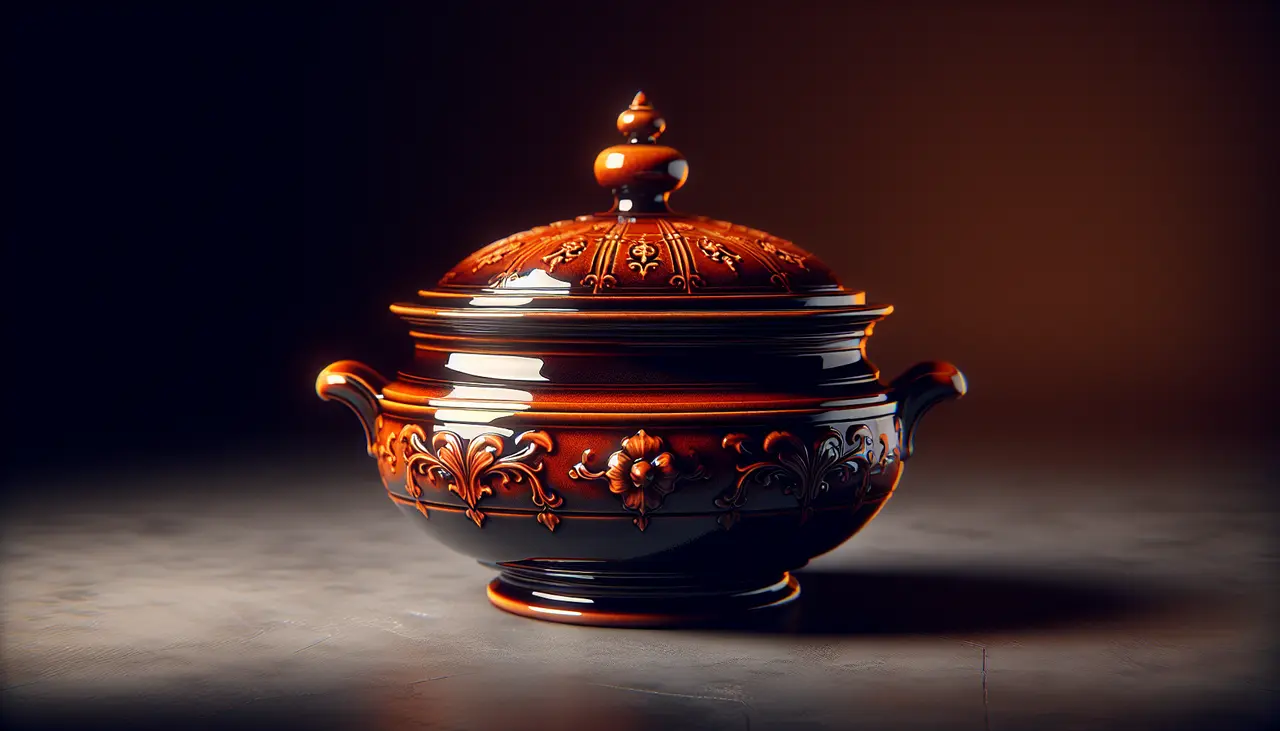



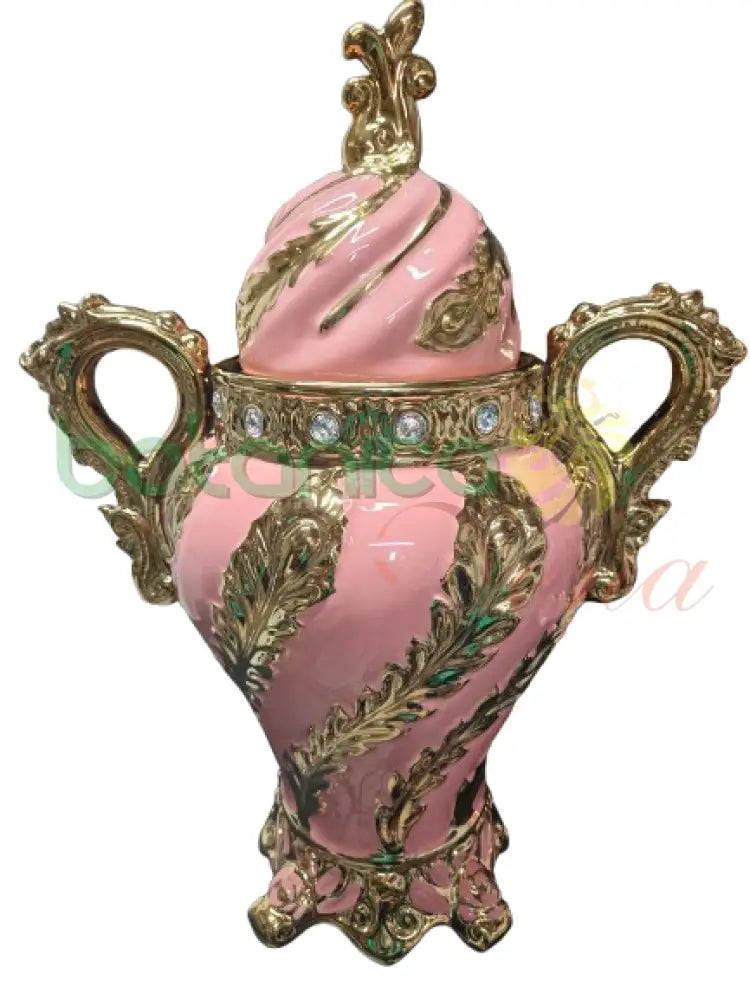

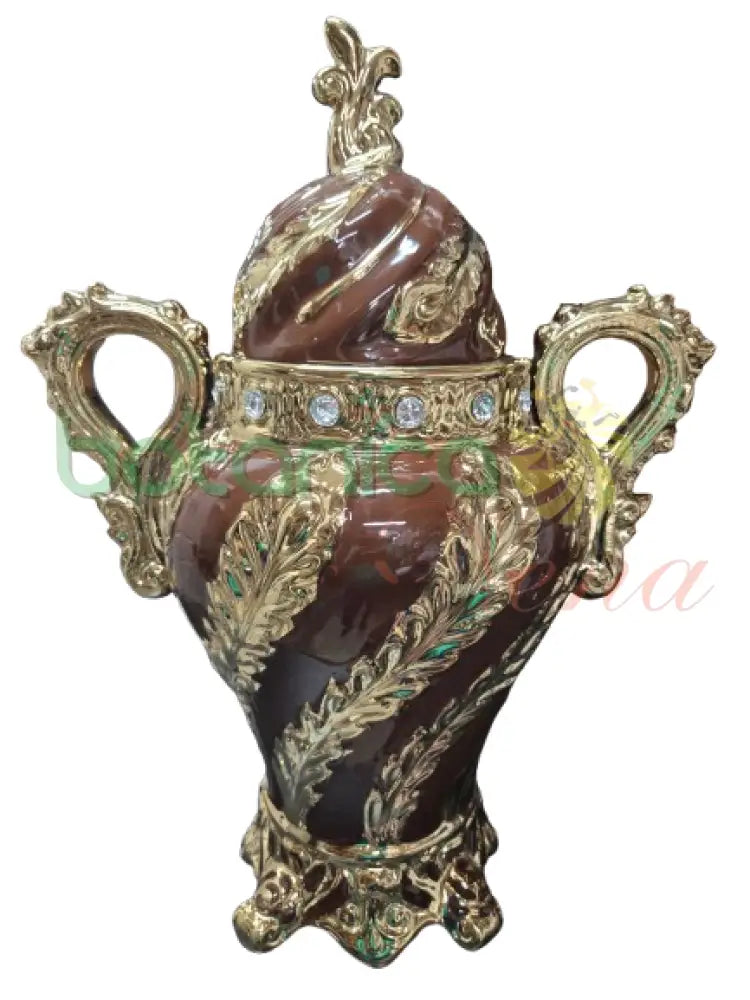
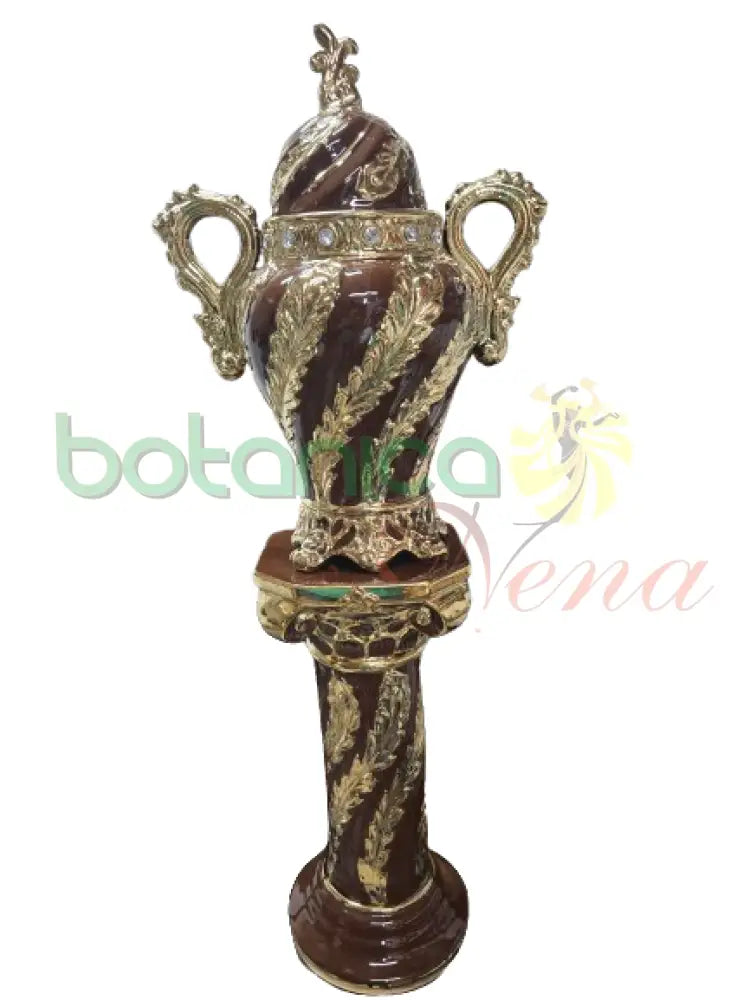


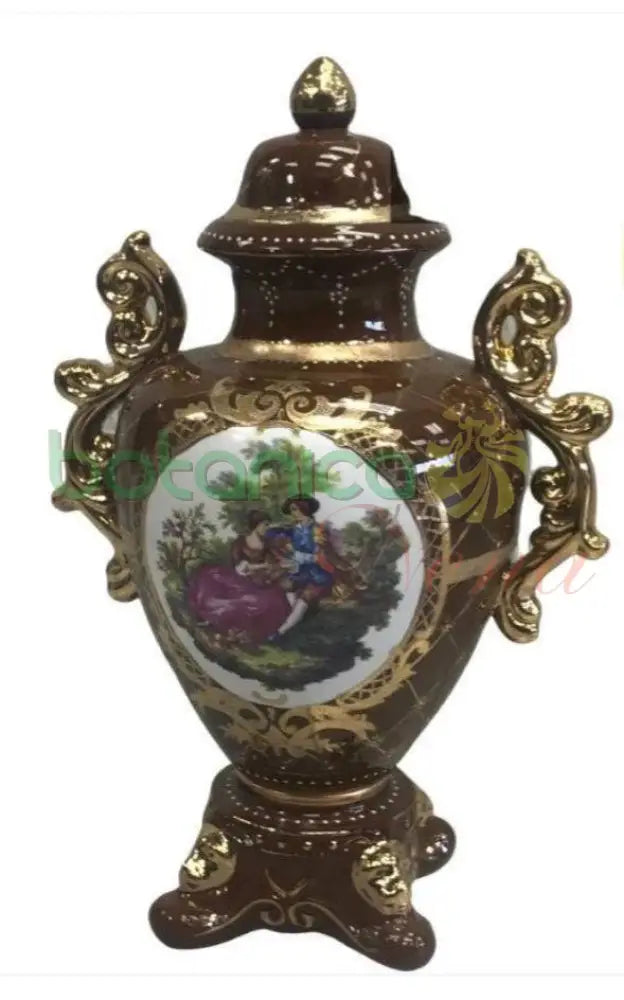




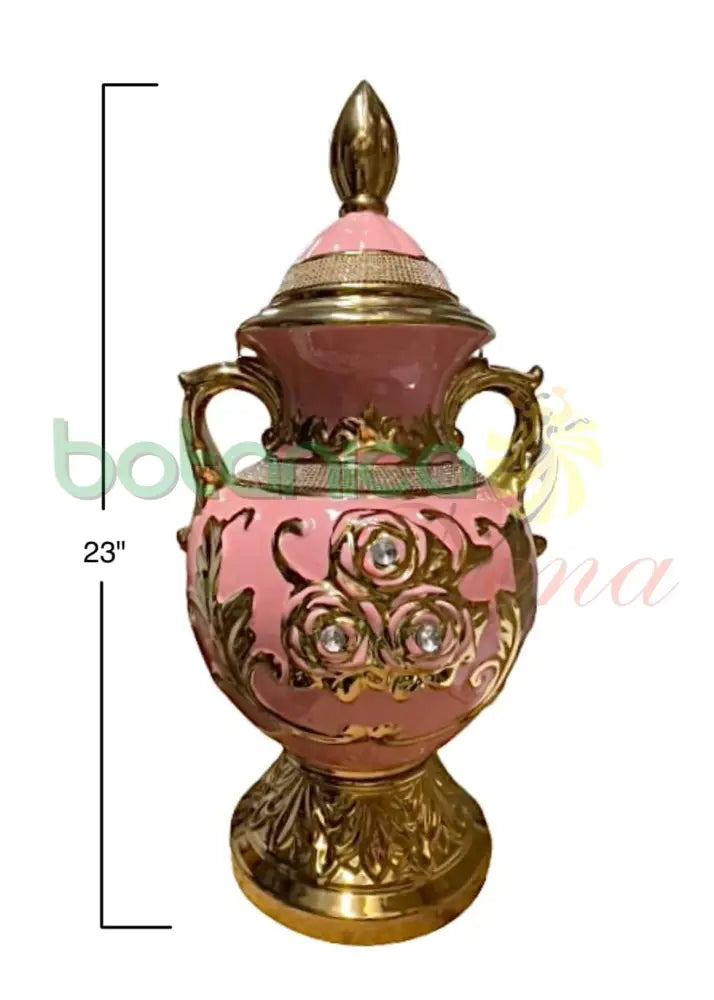









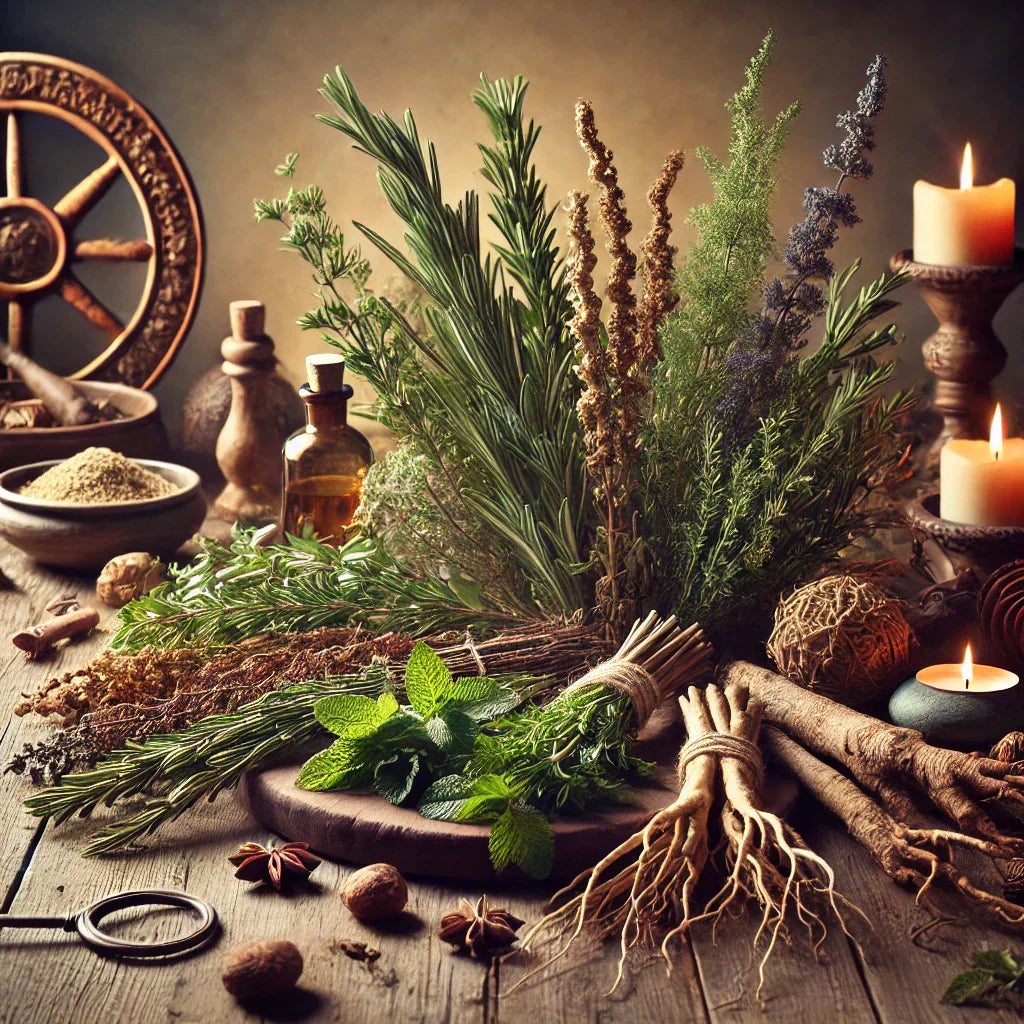


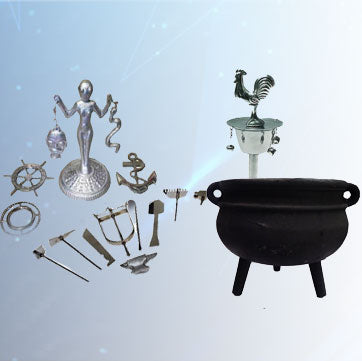





Dejar un comentario